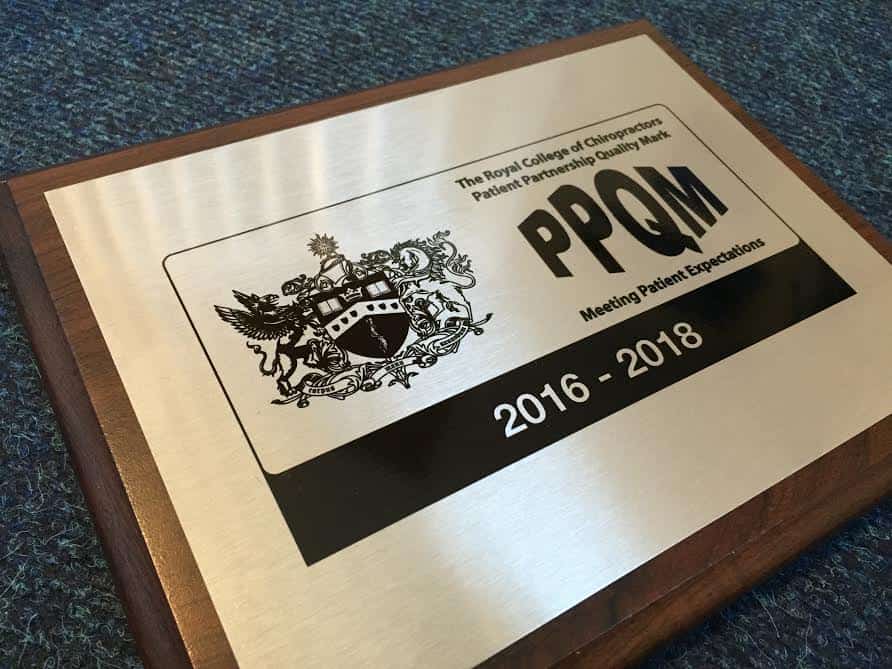Research carried out on behalf of Premier Inn suggests that you can tell a lot about someone’s personality by the position they sleep in. Your bed can also be the cause of back pain and the British Chiropractic Association has some great advice for sleep posture and how to choose your bed and pillow.
Choosing the right bed can minimise those factors that may lead to, or aggravate back pain. Research by the British Chiropractic Association in 2011 showed that of those experiencing back pain, 41% of women and 36% of men said that their pain could be brought on by a night’s so-called ‘rest’.
We come in different weights, shapes and sizes, but have one thing in common; we spend more than a third of our lives in bed, so should choose our beds carefully.
Which is better, a hard or soft mattress? – The best mattress is a ’supportive one‘. A 16 stone person sleeping on a mattress may not get the same support as a 10 stone person sleeping on the same mattress.
How do I know which is the right mattress for me? – If you are lying on your side, your spine should be parallel to the mattress and your spine should not sag (bed too soft) or bow (bed too hard). The longer you can spend lying on a mattress before you buy it, the more accurate this feeling will be. – Your pillow should be an extension of this i.e. your neck should be a continuation of the straight spine and not too high or too low.
What about my partner? – Always shop with your partner as your respective ideal mattress tensions could be very different. If this is the case, buy beds from a range that allow two single mattresses to be zipped together, so that you both get the support you need.
How do I know if my current bed/mattress needs replacing? – Are you and your partner getting comfortable nights sleep? If the answer is no, your bed may be the problem. -Can you feel the springs through the mattress? If the answer is yes, it is definitely time to buy a new one. – Is the bed more that 10 years old? If the answer is yes, consider purchasing a new one – beds wear out and may sag or lose support with time.
What things can I do to help prevent back problems even with my new mattress? – Try and adopt a sleeping position which creates less physical stress on the back. For example, lying on your side is better than lying on your front with your neck twisted to one side. – Keep moving and avoid being in any one position for too long.
No matter how comfy the position may initially feel, the longer you stay in one position, the more this will ‘load joints’. If your partner moves around a lot at night, try separate beds for a while as your partner’s movement could aggravate YOUR back condition! – Drink water. Keep well hydrated; dehydration can make muscles ache. – Don’t leap out of bed first thing in the morning. After you have woken up wake up, try some gentle stretches. – Wake up your body. Once up, avoid bending or doing anything sudden or strenuous until you back wakes up!












